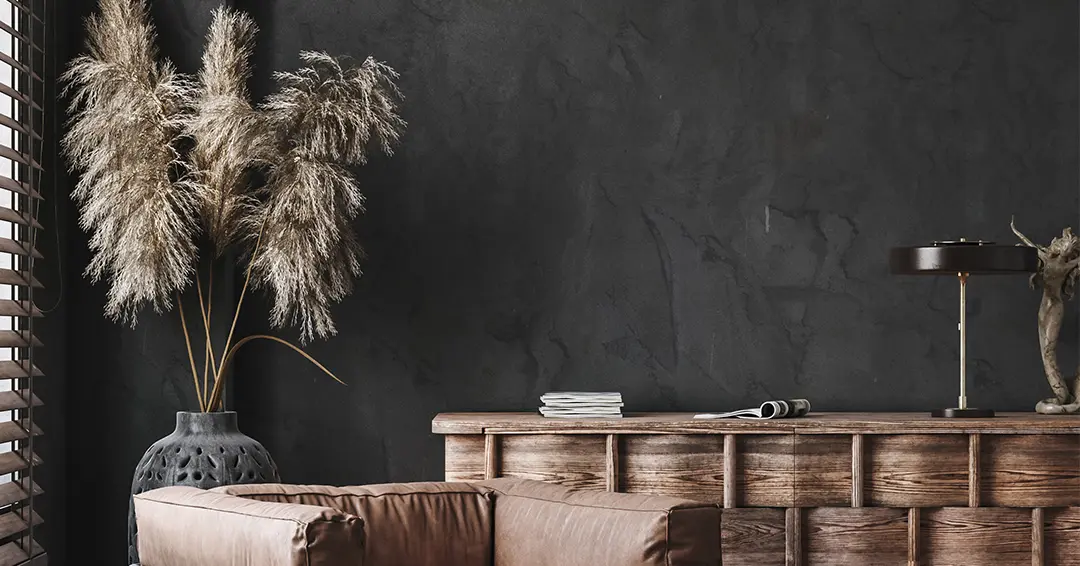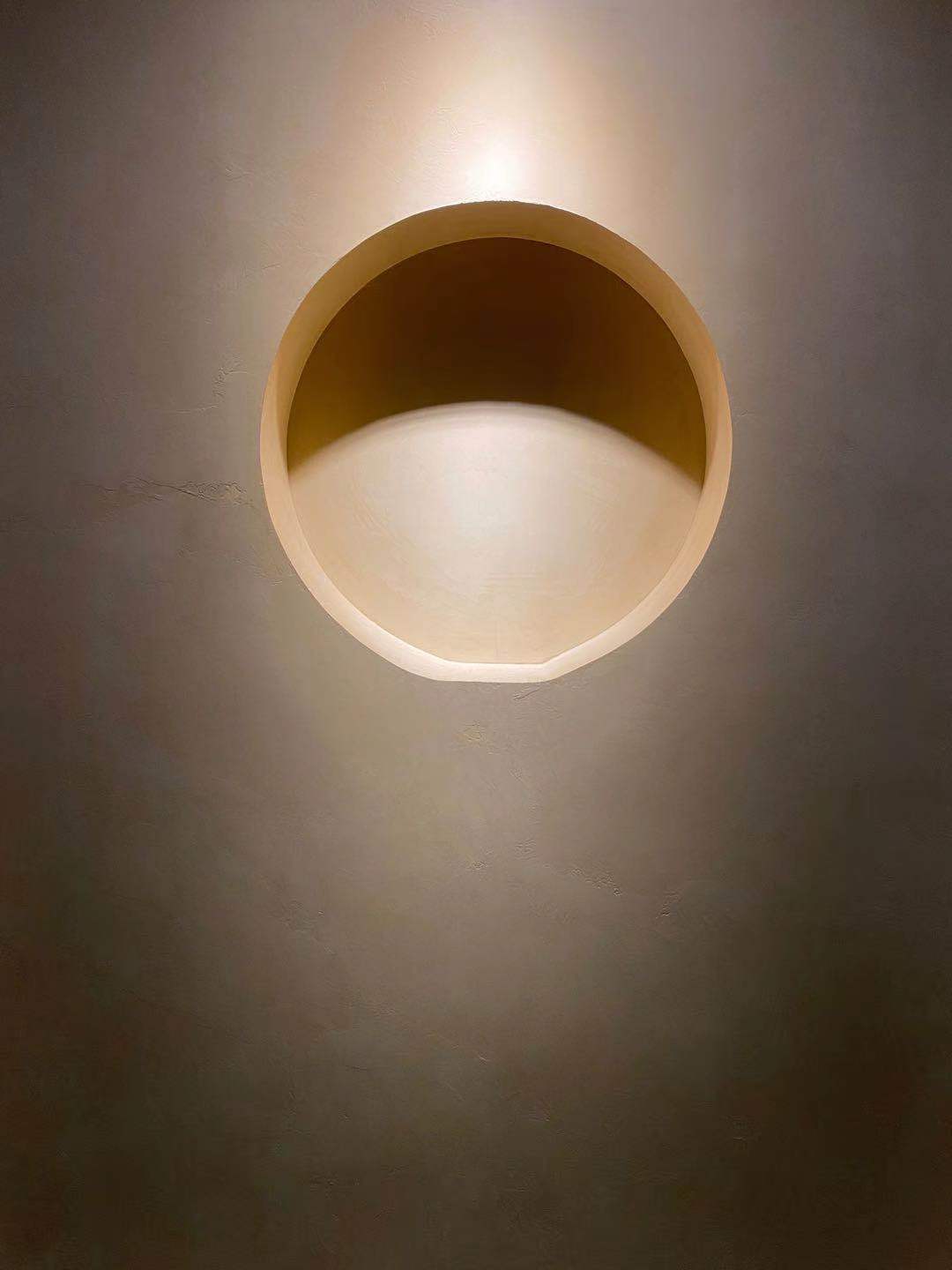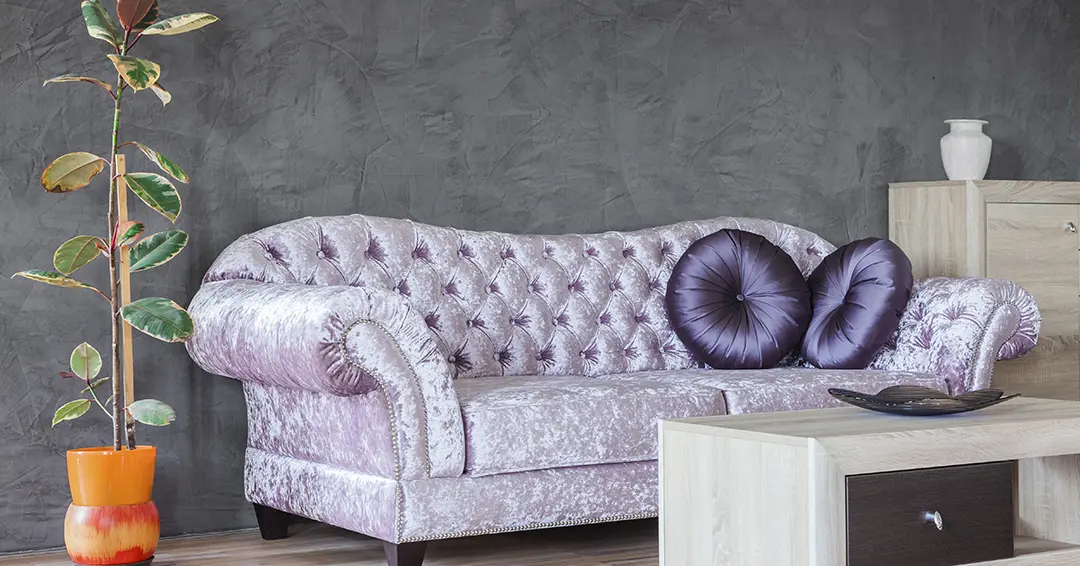Microcement walls are trending in decoration and more and more people are thinking of this continuous coating when considering a reform at home or in the office. You may know the decorative possibilities offered by the application of microcement on the floor , but what's the added value of a microcement coating on the wall?.
When speaking about decoration, we need to talk about a material that creates a very elegant continuity effect, Ideal for both large and small surfaces. In addition, when dyed with mineral pigments, it offers an infinite variety of colors.
At MyRevest, we detail everything that the microcement on wallscan contribute to an interior design project.
 Microcemento en paredes y las ventajas de su aplicación
Microcemento en paredes y las ventajas de su aplicación
A microcement wall is resistant to bumps, scratches and extremely easy to clean, due to the absence of joints. But there are even more reasons to apply this material on walls:
With all these advantages, the bathroom or kitchen walls are a great option to start applying microcement. Being waterproof is a perfect solution for these spaces, which are subjected to humid environments and high temperatures.

In the case of bathrooms, it is necessary to take into account that there will be many corners and nooks that will make the work more complex than on a completely smooth wall. It is a space where the options offered by the microcement go far beyond covering walls.
The shower trays, bathtubs or sinks can be coated without problems to create a common style and generate a greater feeling of spaciousness in this part of the house.
If the shower tray and the wall are made of different materials, it is advisable to put a silicone strip to prevent water leaks. The microcement on the bathroom wall can also be used to coat old tiled without having to previously remove the tiles.
In order to apply microcement on walls the first step is to hire a professional ensuring the durability of the material and the high decorative finishes.
Before starting the application process, you must ensure that the surface is free of dust, fats, oil and without residues of dirt. It is important that the base is consolidated and in good planimetry conditions.
Once the surface is totally clean and with good planimetry, the first thing is to be clear that if it is a tiled surface, it is necessary to grout before applying the primer.
The adherence promoter or primer facilitates the union between the existing support and the microcement, but it must be taken into account if it is an absorbent or non-absorbent surface.
Depending on the type of support, a different primer will have to be applied. The MyRevest catalog has MyPrimer 100 , the microcement primer for absorbent surfaces, and MyPrimer 200 , the adhesion promoter for non-absorbent surfaces.
After solidifying the support where the microcement is going to be applied, the next step is to place the fiberglass mesh to reinforce the microcement and prevent the appearance of fissures and cracks on the surface.
La malla aporta un plus de resistencia al revestimiento de microcemento y además absorbe las pequeñas tensiones que transmite el soporte.
Apply two coats of the preparation microcement MyBase over the fiberglass mesh. These two coats serve as a support for the finishing microcement. The preparation microcement is perfect because it offers great mechanical resistance and guarantees strong adhesion to the support.

Application of two layers of the finishing microcement MyWall with the color and texture that best suits the project's needs. This microcement has a fine grain and becomes the best ally to achieve a highly aesthetic wall coating.
Before applying a new layer, the previous one should be allowed to dry and a slight sanding with 40 grit sandpaper should be done. This way, possible imperfections can be eliminated.
After 24 hours have elapsed since the application of the second layer of finishing microcement, it is time to start the coating sealing process. This process consists of applying two layers of a pore-sealing primer like MyCover and two layers of a sealant varnish like MySealant 2K.
The sealing of the microcement on the wall should be done once the coating is hardened and never before the coating has reached a moisture content of less than 5 percent.
It should be noted that high temperatures reduce the lifespan of the product and low temperatures prolong it.
Microcement has become the fashionable decorative coating for architects, decorators and interior designers. The boom of this material has resulted in a wide variety of brands, products and prices.
The price of microcement fluctuates within a broad range depending on the following factors:
To achieve walls with a more natural finish, MyWall microcement is the perfect solution. With its application, the professional creates a coating with a watermarked effect, ideal for the most exquisite decorative environments.
MyWall has a fine grain that allows achieving a smooth and silky surface. The best ally to create a resistant and sophisticated coating.
If you have a renovation or interior design project in mind and want to know the price of coating a wall with microcement, contact us and you will have technical and commercial advice.